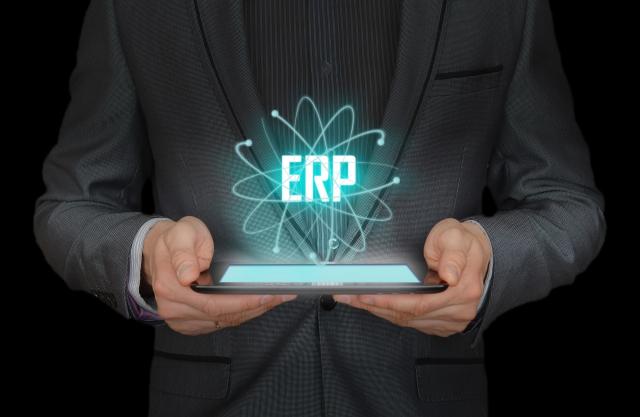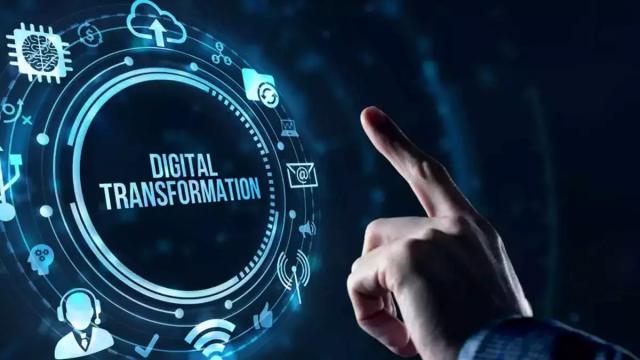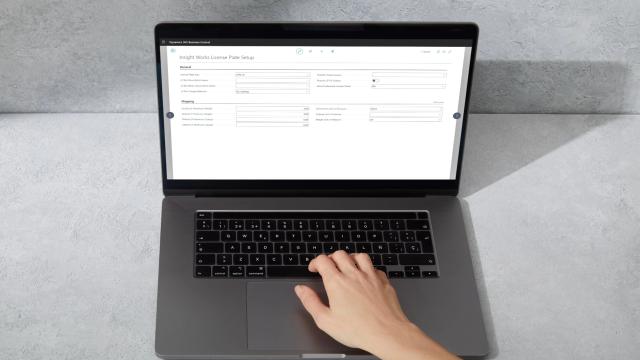
A New Era for ERP Systems
Enterprise resource planning (ERP) systems are the key to integrating business functions across an organization. They serve as a single source of accurate data for all employees, enabling them to coordinate and optimize their operations.
But how did ERP systems come to be, and what are the latest trends and challenges in this field? In this blog post, we will explore the history and evolution of ERP systems, and how they are adapting to the changing needs and expectations of businesses in the digital age.
The Origins of ERP Systems
The history of ERP systems started with material requirements planning (MRP) systems in the 1960s, when J.I. Case, a manufacturer of tractor and construction machinery, worked with IBM to develop what is believed to be the first MRP system.
MRP systems were designed to help manufacturers manage their inventory and production, by calculating the optimal amount and timing of raw materials procurement and delivery to the factory. MRP systems were expensive to create and maintain, and required a team of experts and a lot of space. However, they offered significant benefits for manufacturers who wanted to improve their planning and efficiency.
In the 1980s, MRP systems evolved into manufacturing resource planning (MRP II) systems, which supported more aspects of the manufacturing process, such as sales forecasting, production scheduling, capacity planning, shop floor control, and quality management. MRP II systems also allowed different departments involved in manufacturing to communicate and coordinate with each other. MRP II systems were still mainly used by large manufacturers who could afford the high costs and complexity of these solutions but also benefit from them.
The Expansion of ERP Systems
In 1990, Gartner coined the term enterprise resource planning to recognize that many businesses—not just manufacturing—were using this technology to integrate their entire operations.
ERP systems expanded their scope to include other business functions, such as accounting, sales, engineering, human resources (HR), customer relationship management (CRM), and supply chain management (SCM). ERP systems became the backbone of many organizations, providing a unified database for information from across the company. ERP systems also improved the standardization, automation, and efficiency of business processes.
ERP systems continued to evolve throughout the 1990s. One major breakthrough was the advent of cloud ERP, first offered by NetSuite in 1998. Cloud ERP enabled businesses to access their data and applications through the web from any device with an internet connection.

Modern and Postmodern ERP Systems
Nowadays, ERP systems bring incredible opportunities in the era of digital transformation. Businesses need ERP systems that can keep up with the increasing complexity and speed of their operations, as well as the changing expectations and demands of their customers.
One could even argue that an organization without an ERP system is likely less efficient than an organization using it. It is not impossible to run a company smoothly without an ERP, but it is also hard to imagine how that would work. Up to 60% of all small- and medium-sized enterprises, and up to 90% of all large enterprises, have implemented an ERP solution, which can serve as evidence that an ERP system is not only a driver of success but also its prerequisite.
The most notable trends and innovations that are shaping the future of ERP systems are:
- Internet of Things (IoT): IoT refers to the network of physical devices that can collect and exchange data over the Internet. IoT enables businesses to connect their products, machines, sensors, and other devices to their ERP systems, creating a more interconnected and intelligent organization. IoT can help businesses improve their visibility, productivity, quality, safety, and customer satisfaction.
- E-commerce integration: E-commerce refers to the buying and selling of goods and services online. E-commerce has become a vital channel for many businesses to reach new markets and customers. E-commerce integration allows businesses to connect their ERP systems to their online platforms, marketplaces, third-party representatives or distributors that are also running sophisticated ERP systems. E-commerce integration can help businesses streamline their order management, inventory management, fulfillment, payment processing, and customer service.
- Artificial intelligence (AI): AI refers to the simulation of human intelligence by machines. AI can help businesses enhance their decision making, forecasting, optimization, automation, and personalization. AI can also help businesses analyze large amounts of data from various sources, such as social media, customer feedback, market trends, and competitor activities. AI can help businesses gain insights, identify opportunities, and solve problems.

The latest evolution in ERP systems is the Postmodern ERP which refers to a hybrid approach that combines core ERP functions with best-of-breed applications that specialize in specific areas or industries. Postmodern ERP allows businesses to customize their solutions according to their needs and preferences, without compromising on integration or data quality. Postmodern ERP also enables businesses to adopt new technologies faster and easier, as they can choose from a variety of vendors and platforms.
The Best Value ERP System
Choosing the best value ERP system depends on many factors, such as the size, industry, budget, and goals of your business. However, some ERP systems stand out for their overall quality, functionality, and affordability. According to Forbes Advisor, the best cloud ERP system for 2023 is Microsoft Dynamics 365 Business Central.
This ERP system offers a comprehensive set of features for managing finance, operations, sales, customer service, production, and much more. It also integrates with other Microsoft products incredibly well, such as Office 365, Power BI, and Azure.
Microsoft Dynamics 365 Business Central has a transparent and flexible pricing model, starting from just $70 per user per month. It also offers a 30-day free trial and a variety of deployment options.

An Example of ERP and IoT Integration
One of the benefits of using an advanced ERP system is that it has the ability to connect to the Internet of Things (IoT), which is the network of physical devices that can collect and exchange data over the Internet.
This can create a more intelligent organization, where machines can communicate with each other and with people, all via the ERP system. Never before has such an advanced operation of a company been possible, and we can thank the ERP for that.
For example, imagine a manufacturing company that produces customized furniture. The company uses an ERP system that integrates with its IoT devices, such as sensors, cameras, robots, and RFID tags. The ERP system can receive real-time data from these devices, such as the inventory levels, production status, quality issues, and customer orders.
The ERP system can also send commands to these devices, such as adjusting the production schedule, optimizing the material usage, alerting the workers of any problems, and updating the delivery information. This way, the ERP system can help the company improve its visibility, productivity, quality, safety, and customer satisfaction.
The Expected ROI of an ERP System Implementation
Implementing an ERP system can be a costly and complex project, but it can also bring significant returns on investment (ROI) for a company. According to a study by Panorama Consulting Solutions, the average payback period for an ERP system implementation is 2.7 years.
The study also found that the top benefits of an ERP system implementation are increased operational efficiency (18%), improved customer service (15%), reduced IT costs (14%), improved reporting and planning (13%), and increased sales revenue (12%).
Conclusion
ERP systems have come a long way from their origins as inventory and production management tools for manufacturers. They have become essential solutions for integrating and optimizing business functions across various industries and sectors.
As businesses continue to face new challenges and opportunities in the future, ERP systems will also continue to evolve and improve, to help them achieve their goals and objectives.




